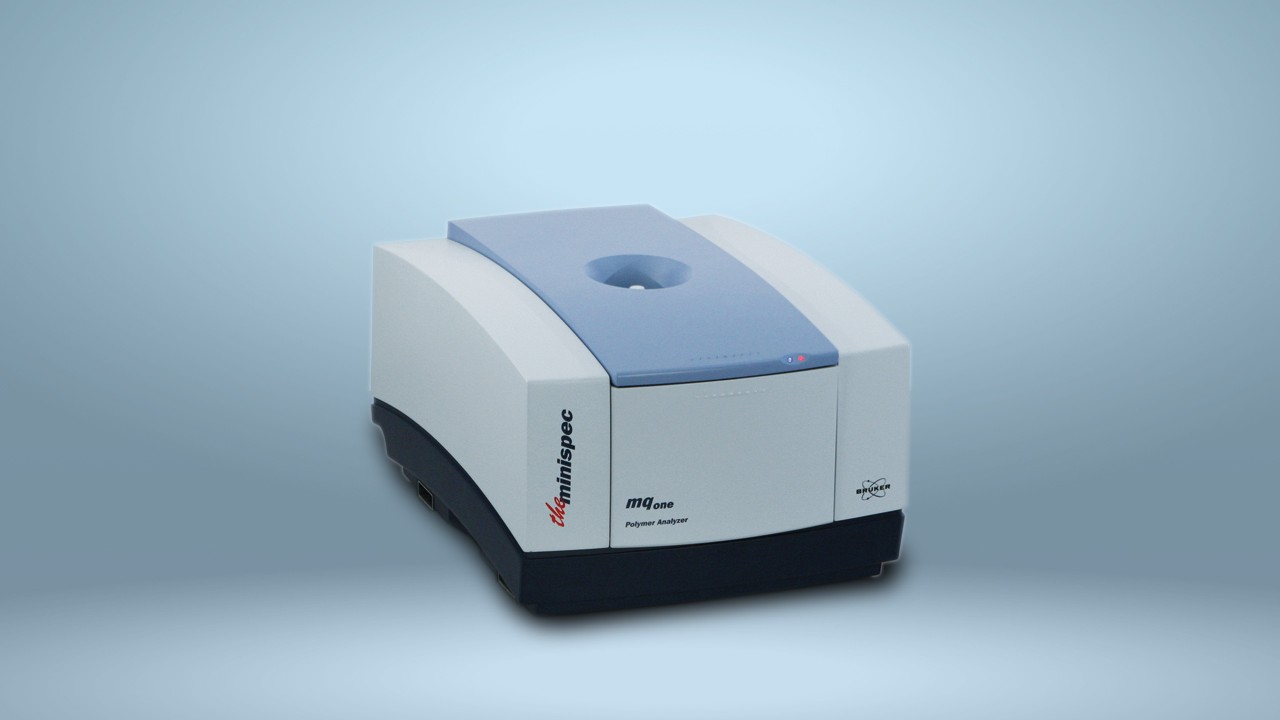

TD-NMR can be used to Assess Phase Changes in Surfactant Solutions
“Overall, the NMR data agree with the yield stress transitions at every turn, and with the combined DLS and microscopic observations.”
Surfactants are amphiphilic molecules possessing both hydrophilic and hydrophobic portions. They are used to reduce the surface tension of a liquid. Surfactants have a wide range of different applications, including detergents, sticky notes, foams, and enhanced oil recovery techniques. The very different requirements of the various applications can be met since surfactants are a diverse group of agents with many different structures.
Solubility is an important consideration when choosing the right surfactant for a particular function. Furthermore, this may be impacted by temperature, pH, concentration, and the species present. A surfactant is typically insoluble until a co-solvent is incorporated. The charge of a surfactant can be counteracted by the addition of a polymer or by increasing the pH, for example by adding sodium carbonate.
Above a certain concentration, known as the critical micelle concentration (CMC), surfactants tend to aggregate into micelles. The actual CMC is dependent on the structure of the surfactant and its ionic strength. It can be modified by addition of a polymer or through contamination with salts or alcohols.
As the surfactant concentration increases well above the CMC, the number of micelles increases rather than the existing micelles becoming bigger. Further increases in the concentration result in aggregation of the micelles. Various techniques have been used to determine the concentration of surfactant molecules at which these transitions occur. Nuclear magnetic resonance spectroscopy has the advantage over other techniques in that it can simultaneously distinguish between the different species present and measure the amounts of each present.
NMR has been used to successfully detect the CMC for surfactant solutions at low concentrations. Recent research has demonstrated that the technique can be extended to high concentrations, enabling detection of phase transitions beyond the CMC.
Surfactant phase behaviour was investigated over a broad range of surfactant concentrations by Time-Domain NMR (TD-NMR) spectroscopy using a Bruker Minispec™ mq20 spectrometer with temperature control and a gradient field.
Both the CMC and secondary phase transitions at higher concentrations were successfully detected. A linear relationship was observed on either side of the CMC, with a distinct change in slope occurring when the primary phase change arose. At higher surfactant concentrations, up to 90 times the CMC, changes in NMR signal effectively indicated secondary phase changes involving a change in micelle shape or other structural configurations.
The phase changes indicated by the NMR spectra were confirmed using dynamic light scattering (DLS) and a cross-polarizer microscope. In the majority of cases, the results obtained with these analytical techniques corresponded with visible differences in the surfactant solutions and the detected changes in the NMR spectra.
These latest findings indicate that TD-NMR can be used to detect secondary phase transitions. NMR data predicts phase changes in surfactant solutions that are supported by a difference in viscosity.
Reference:
Reilly T, et al. Amphiphilic second-order phase transitions determined through NMR. Journal of Molecular Liquids 2018;268:647–657. https://www.sciencedirect.com/science/article/pii/S0167732218306809


